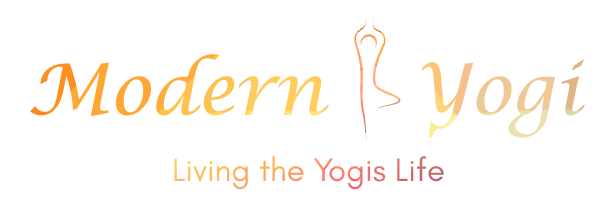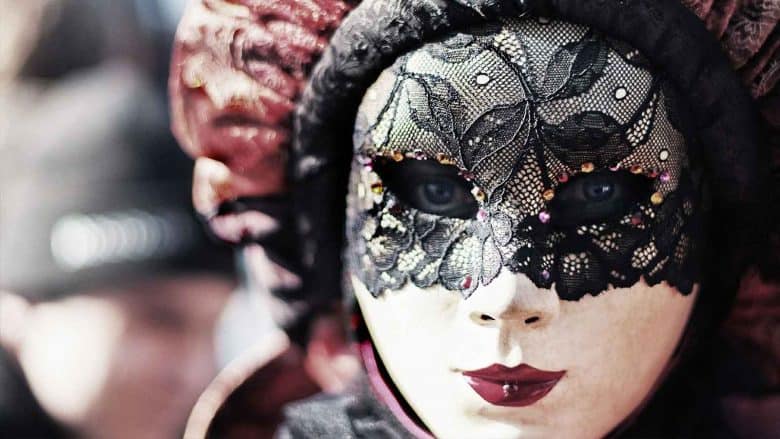Halloween provides a time to put on masks and costumes. We can pretend to be someone else. However, after Halloween, we take the masks and the costumes off.
But what happens with the invisible masks or armor that we wear in order to protect ourselves. Things like:
… I am strong, I am weak, I get never sick, I can´t do anything on my own, I am always happy, I have no taste, I am clumsy, I am disciplined, I am focused, I am shy, I can´t sing, I can´t concentrate, brother, mother, yogi….and on and on…
These masks aren’t necessarily bad because they give us an identity, they protect us and of course, we all need an identity, especially when we are growing up, becoming teenagers and stepping into an adult’s life.
But the probability is we tend to misidentify with the mask. We think we are the mask. We don’t realize it is just something that we can use and that we can take off. And of course the more we put on these masks, the more they become who we think we are.
Isn’t it curious that at some moment of life we find a “mask” that makes us feel comfortable, gives us an identity and then we decide to “wear” it all the time?
Imagine if you were Frankenstein for Halloween and then you never took off the mask and the costume and you began to think you were Frankenstein and after wearing the costume for one year, two years… you were positive you were Frankenstein, you thought your skin was green.
If we stick to this one role too long, we are missing out on so many beautiful opportunities to discover who we really are, to fully embrace and enjoy all these different emotions and to support our friends and loved ones with empathy and loving guidance while they are going through their emotional waves. Hiding behind our masks is like a butterfly never coming out of its cocoon.
Emotions are a precious quality of human beings. They leave scars in our hearts; they bring purifying tears and liberating laughter. Lived and expressed emotions make us leave footprints in our lives. They bring people to our paths that truly care for us and love us for who we really are.
So maybe it is time to ask yourself these questions:
- If I am the smart, controlled and always charming guy, how can I show my deepest worries or fears?
- If I am the shy, always happy and perfectly dressed girl, how do I express anger and frustration?
- If I am the polite and discrete man who always shows compassion for the others, how do I deal with my own sadness and confusion?
- And if I am the fiery, independent and super dynamic woman, how can I ask for support and nourishing qualities when I need them?
- Who are you underneath your clothes? Without your job? Without your possessions? Without your attainments? Without your hobbies?
- Who are you without all the things you’ve learned in life, everything you’ve felt, and all of the labels you’ve developed that make you who you think you are?

Taking off these masks can be scary and puts us in a vulnerable position but I think one of the best places to show up for yourself and be vulnerable is on your yoga mat.
I encourage students as they move through the practice to notice if they were “wearing” certain masks in their poses and if they could soften removed the mask and move inside. Become sensitive to the bhavana.
Bhavana is a Sanskrit word that means to think with feeling and in the case of asana practice is feeling the tone of the pose. Some thoughts to help connect you to the bhavana of the pose are: What is the pose communicating? If the pose had a color what would it be? What emotional word would it be?
Observe yourself during your practice, which mask do you put on when you reach a pose that’s challenging, or difficult, or easy, or scary? Who do you become?
I will leave you to ponder on a small passage taken from an interview with Bryan Kest in the Titans of Yoga Documentary:
“I like to say the essence of yoga is Love. To love yourself, to be okay with yourself. I don’t know if there any way on earth any of us can be happy if we are not ok with who we are and where we are at. You could say contentment, you could say peace, and you could say, love. And I don’t know if it is possible to really love anybody else if we don’t love ourselves. So being accepting of who we are and where we’re at allows us to be accepting of others.
“If you want to make this world a better place, take a look at yourself and make a change. “ – Michael Jackson. Man in the Mirror.
And he took a look at himself and tried to make the change. The problem is that he didn’t even understand his own song. And the reason he didn’t understand the song is because he didn’t write it.
You know and one day I was mentioning this to my class, here in Los Angeles. And Los Angeles being Los Angeles. You know which is full of amazing creative people. This really beautiful girl came up to me after class and when I say beautiful I don’t mean like this and I mean the glow coming out of her eyes. And she said I wrote that for Michael. And of course, being a Scorpio I don’t trust anybody so right after I run to the record store. And I got the album and there was her name. And you know what I had a smile. And it makes so much sense someone who practices yoga wrote that song because that’s what yoga is.”
(Bryan Kest is credited with pioneering the practice of donation-based yoga in the United States & is the creator of Power Yoga)
Namaste




